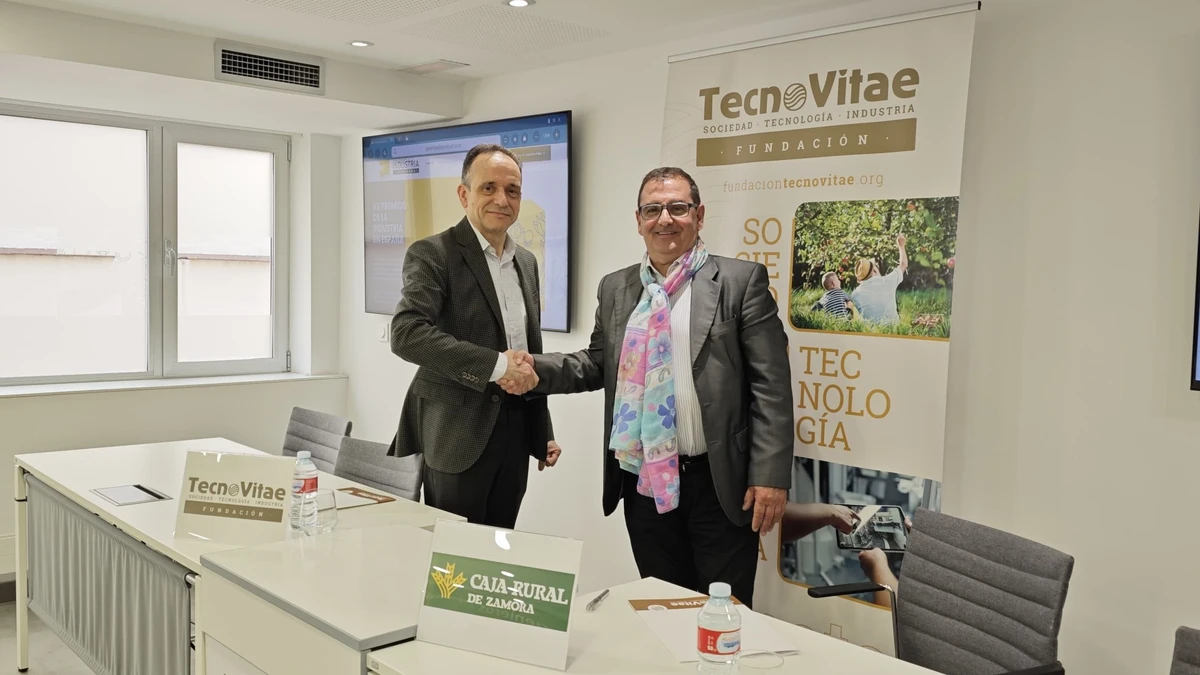Copper Beech Urban Development is planning a major investment of 745 million RON in the development of a next generation photovoltaic park. With a capacity of more than 130 MW, the solar project represents the entry into the renewable energy sector in Romania of British businessman Dinesh Dhamija, founder and chairman of Copper Beech Group.
The total investment for the solar power plant planned by Dinesh Dhamija is estimated at more than 745 million RON, of which more than 74 million RON is financed through the National Recovery and Resilience Plan (NRRP).
Copper Beech Urban Development is specialized in power production and is a subsidiary of Copper Beech Group. With a portfolio of investments in sustainable projects in Europe and India, the company plays a key role in the management and leadership of Romania’s leading solar and hydrogen companies.
The Diplomat-Bucharest talked to British businessman Dinesh Dhamija to find out more about its plans for the Romanian energy market.
What inspired you to enter the Romanian renewable energy sector, and how has your journey been so far?
When I was an MEP in the European Parliament, there was a big buzz about Green Energy. This is one of the ways of having a better climate outcome in the future. I left Parliament because of Brexit, as I was an MEP from the United Kingdom in February 2020. There was a lot of time to think during Covid. I had some land in Romania and access to more, and so I thought, Why Not! The time taken to get Permits and Permissions has been 3.5 years. I thought that this was long, but then I found that it takes 5 years in both the UK and Germany. We are now at the Ready to Build stage.
What are some of the major challenges you face in the renewable energy market, and how do you address them?
Here are a couple: As the market is nascent, there is a lot of learning to be done by all the Civil Servants from the Mayor’s office to the top officials in the Ministry of Energy. This impacts on time and timing. The volatility of the Energy Market because of the War in Ukraine has meant huge price fluctuations. This has meant that no buyer wants to commit to a long-term price (PPA). This in turn stops bank finance. EU funds need to be deployed within a certain time frame agreed with Brussels; as there are inevitable delays due to the newness of Green Energy projects, pinch points arise.
Can you share some insights into the current trends and innovations driving growth in the renewable energy sector?
When it comes to Solar PV, Chinese R and D is the most advanced in the World. Buying Chinese is the best value for money or the most amount of energy for each Euro. Nine of the top ten panel companies in the world are Chinese. Hydrogen and Battery technology will see some great advances in the next two years. At the moment both Hydrogen and Batteries cannot make money without EU subsidies.
How does your company differentiate itself from competitors in the renewable energy market?
Our projects are larger than most of the other projects in Solar PV in Romania. We also own a lot of the land.
What role do you see renewable energy playing in the future of local energy production and consumption?
Solar power will work with wind energy and nuclear power to produce carbonless energy. This should get to “net 0” carbon emissions by 2050.
How do you navigate regulatory and policy changes affecting the renewable energy market?
As we are in the early days of the renewable energy market, there are bound to be lots of regulatory changes. We have to roll with these changes. Everyone has to do this.
Can you elaborate on any partnerships or collaborations your company has formed to further its objectives in renewable energy?
We have formed many partnerships in Solar PV, Hydrogen and Batteries. We are constantly looking for new inventions that will reduce our prices or give us value for money.
How does your company address issues of scalability and reliability in renewable energy solutions?
In my view, it is not very difficult to scale up. The difficulty comes when the Government decides that a building permit can only be given to a maximum of 50 Ha. This is to placate the Farmer’s lobby. Thus if we want to do a project on 150 Ha we have to get 3 Building Permits. This takes 3x longer and costs 3x more.
What advice would you give to aspiring entrepreneurs or businesses looking to enter the renewable energy market?
The market is still very young. They will make a lot of money if they enter now.
What do you envision as the biggest opportunities and challenges for the renewable energy sector in the coming years?
Small Nuclear reactors. Every country needs a base load. Solar and Wind cannot provide it. Nuclear can. We need stability in the laws. If you remember “green certificates”. Every two weeks the law changed. All investment stopped.



_6c1e95575f.jpg)

